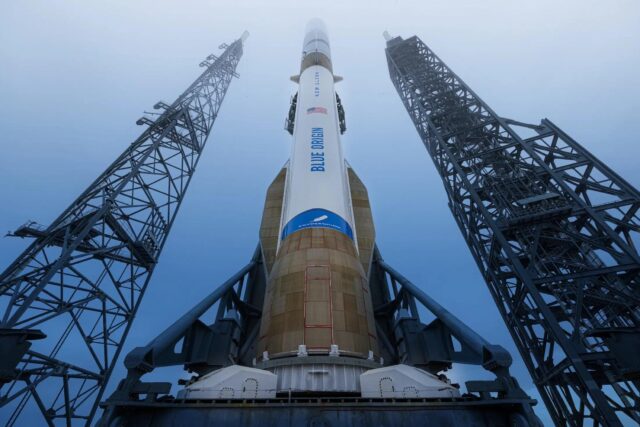Russia deploys Yak-52 sports trainer aircraft to counter Ukrainian drones

September 18, 2025

New footage has emerged online that appears to show Russia adapting propeller-driven Yakovlev Yak-52 training aircraft in an anti-drone role. This follows Ukraine’s use of them in a similar role since April 2024.
Russia using Yak-52s to shoot down Ukrainian drones
According to reporting by Defense Express, Russia is now using the Yak-52 sports training aircraft to shoot down proliferating Ukrainian drones that are menacing much of the country.

A video circulating on Telegram shows a gunner with an assault rifle climbing into the cockpit, apparently to intercept Ukrainian drones. Ukraine uses Yak-52s to protect its skies over Odessa from Russian Orlan and Zala reconnaissance drones, although that task is now mostly filled by interceptor drones.
For now, the Russian Yak-52 is not being used by the Russian Air Force itself in that role, at least for now. Rather, the Yak-52 seen in the videos is likely involved voluntarily. Defense Express notes these aircraft are also operated by DOSAAF (Voluntary Society for the Assistance of the Army, Aviation, and Navy).
This may look like a straightforward solution, but it still requires a great deal of coordination to prevent friendly fire. Not only has Russia shot down its own fighter jets multiple times, but it also shot down the Azerbaijan Airlines Flight 8243 in December 2024 and shot at Aeroflot Flight AFL1845 as it came into land at Moscow in July 2025.
Russia’s need for more anti-drone assets
While Ukraine only has a limited number of available fighter jets and helicopters to shoot down drones, Russia retains one of the world’s largest air forces. So the image of Russia resorting to WWII-style aircraft to carry out WWI-style shootdowns comes as a surprise to some.
Like Ukraine, Russia has explored a full spectrum of ways to counter the growing drone threats. It has upgraded its electronic warfare capabilities and implemented various other countermeasures.
WSJ: Two Ukrainians — a 56-year-old hobby pilot and a 38-year-old mechanic — fly a Soviet Yak-52 with a rifle to down Russian drones.
— Tymofiy Mylovanov (@Mylovanov) August 25, 2025
In a year, they’ve flown ~300 missions, shooting down nearly 60 of their unit’s 120 kills. 1/ pic.twitter.com/Tz1Qst8uQh
But the sheer size of Russia and the massive number of assets it needs to defend mean its air force is struggling to effectively defend everything. This is exacerbated by Russia concentrating a significant number of its air defence assets in Moscow. Russian refineries being struck has become a seemingly daily occurrence.
Ongoing quest for methods to counter masses of drones
Globally, there is a massive push to find ways to counter masses of cheap drones, from FPV drones to Shahed-style one-way attack munitions.

Counterdrone measures range from laser systems to more affordable rockets to precision flak fire to electronic warfare. To survive laser and EW attacks, drones become more sophisticated. This increases their cost and undercuts their core benefit of being cheap and available en masse.
One notable US Air Force development is the rapid integration of AGR-20F Advanced Precision Kill Weapon System II (APKWS II) laser-guided rockets to counter drone and missile threats onto its F-16, F-15E, and A-10 aircraft.
A video of a Ukrainian Yak-52 flying to intercept a Russian drone has gone viral on social networks
— NEXTA (@nexta_tv) June 8, 2024
A Ukrainian Yak-52 with a machine gun on board has fallen into the lens of the Russian reconnaissance drone Zala in the skies above Mykolaiv region.
The aircraft is used to… pic.twitter.com/TYmY1HDyIs
The F-15E can carry around 42 of these air-to-air versions of the Hydra 70 rocket used by the Apache attack helicopter. These rockets have been used extensively in 2025 by the US to counter Houthi and Iranian drones.
















